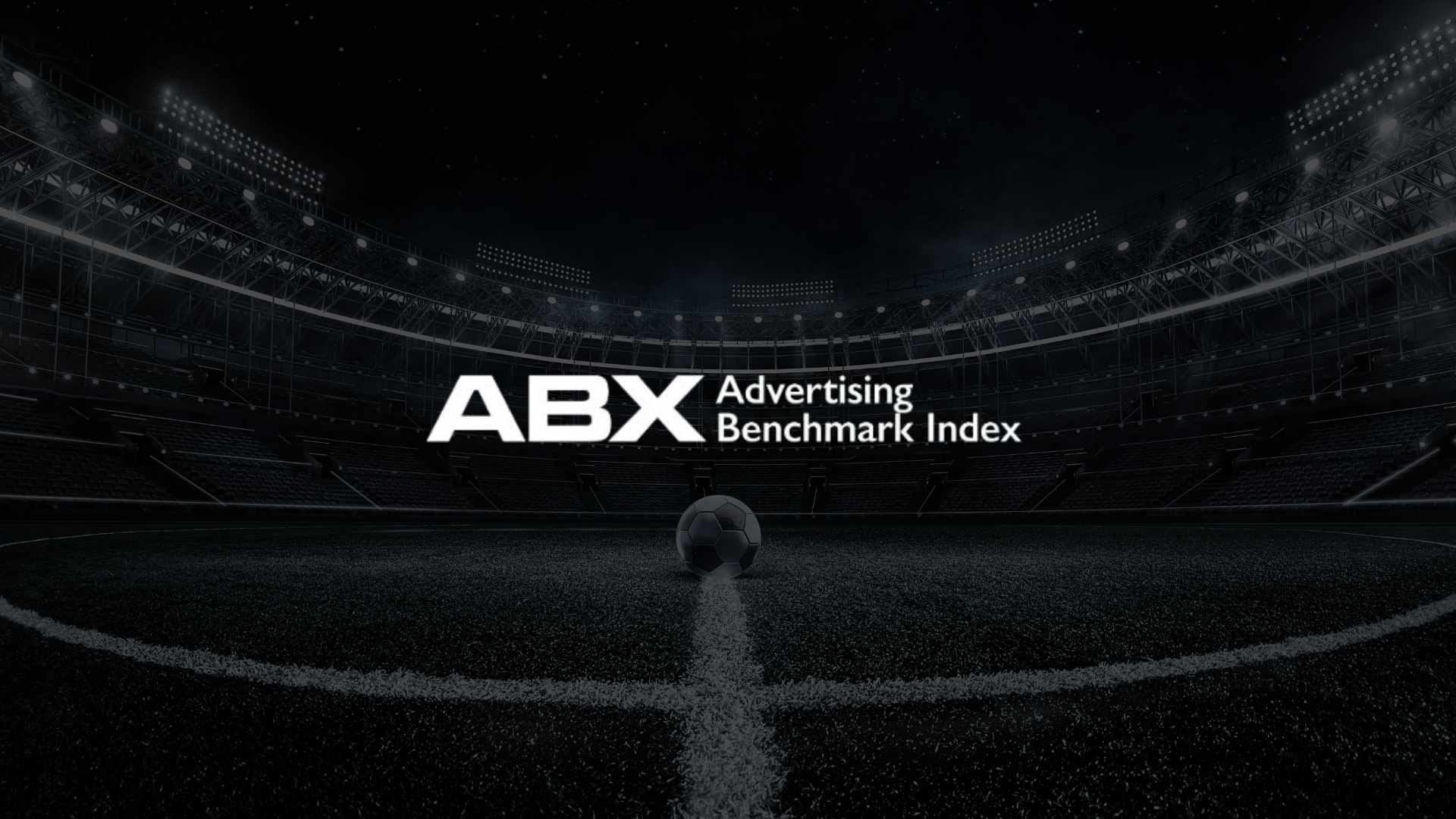India Escalates Antitrust Scrutiny of Google’s AdTech Stack—But Is It About Dominance or Dependency?
India’s antitrust watchdog is turning up the heat on Google, as the Competition Commission of India (CCI) broadens its investigation into the tech giant’s advertising empire. At the center of this new chapter: the alleged abuse of dominance in the online display advertising market, with fresh allegations now formally clubbed into a multi-case probe involving several complainants.
The move stems from a complaint filed in 2024 by the Alliance of Digital India Foundation (ADIF)—a coalition of Indian startups including Paytm, MapmyIndia, and Trulymadly. ADIF accuses Google of leveraging its vertically integrated AdTech stack to edge out rivals and impose unfair conditions on publishers and advertisers—effectively extracting 35% of ad revenue while limiting choice and transparency.
This development adds to an already crowded legal battlefield for Google, echoing ongoing regulatory scrutiny in the US, UK, and EU, where authorities have challenged the company’s grip over digital ad infrastructure and its alleged self-preferencing tactics.
What’s Behind the Latest CCI Action?
In an order dated August 1, 2025, the CCI announced it had formally integrated five separate cases, including complaints from the Digital News Publishers Association (DNPA) and the News Broadcasters & Digital Association (NBDA). The core allegations have been grouped into three categories:
- Online Search Advertising – Accusations regarding Google Ads’ policies and how search ad placements are managed.
- Online Display Advertising – Focused on Google’s AdTech stack, including DFP, AdX, and DV360, allegedly being bundled to restrict fair competition.
- Miscellaneous Practices – Includes opaque ad policies, restrictive ad formats, and the planned removal of third-party cookies in Chrome.
These concerns aren’t new, but they are intensifying. Google’s vertical integration—where it owns the ad server (DFP), the exchange (AdX), and the demand-side platform (DV360)—gives it unrivaled oversight and influence over every stage of the digital ad process. Even without formal exclusivity clauses, ADIF and others argue that Google’s control over critical infrastructure creates de facto lock-in for advertisers and publishers alike.
Market Power or Market Trap?
The competitive question isn’t whether rivals exist—Xandr, The Trade Desk, JioAds, and others are active in the space. Instead, the issue may be interoperability and switching costs. Google’s unified ecosystem makes it deeply convenient, and perhaps even essential, for advertisers to stay inside its walls. Trying to break free could mean a loss in reach, targeting precision, or campaign ROI.
MediaNama’s analysis underscores this point: what looks like market choice on paper may still function as a bottleneck in practice. If Google controls every key touchpoint—from content hosting (YouTube) to ad delivery (DFP) to monetization (AdX)—the theoretical existence of competitors becomes almost irrelevant.
A Familiar Script—Global Echoes
India isn’t the first to confront Google on these grounds. In 2023, the U.S. Department of Justice accused Google of manipulating auctions, favoring its own tools, and acquiring rivals to cement its position. A 2025 U.S. court verdict found the company guilty of monopolistic behavior and proposed the forced divestiture of key AdTech products. Google is appealing the decision.
In the UK, the company faces a £13.6 billion lawsuit from publishers through the AdTech Collective Action (ACTA), and a separate complaint involving Chrome and search app bundling on Android phones. In Europe, regulators are also investigating claims of self-preferencing and platform bias.
A Temporary Win—and a Bigger Battle
Interestingly, while Google faces mounting scrutiny, it also scored a minor win on the same day in India. The CCI dismissed a separate ADIF complaint that alleged unfair ad policies—like the blocking of third-party tech support ads and Google’s use of trademarked keywords in competitive bidding. The regulator ruled these claims were already addressed in earlier decisions, and re-investigating would be inefficient.
But this reprieve doesn’t change the broader picture. The core issue isn’t just dominance—it’s dependency. As digital ad spending in India surges, the question is whether publishers and advertisers truly have agency—or are they navigating a closed-loop system designed to keep them tethered?
Google’s response? The company maintains that it competes vigorously in India’s display ad market and that its service fees are below industry averages. It also pointed to alternative platforms available to marketers, suggesting the market is more open than its critics admit.
Still, with a CCI investigation now formally linking multiple complaints—and the global tide turning against platform monopolies—Google’s AdTech fortress may soon face its stiffest challenge yet in India.




